Irish general election: Sinn Fein demands government role after topping first preference poll
Three parties almost level, with Sinn Fein gains representing a ‘realignment of Irish politics’
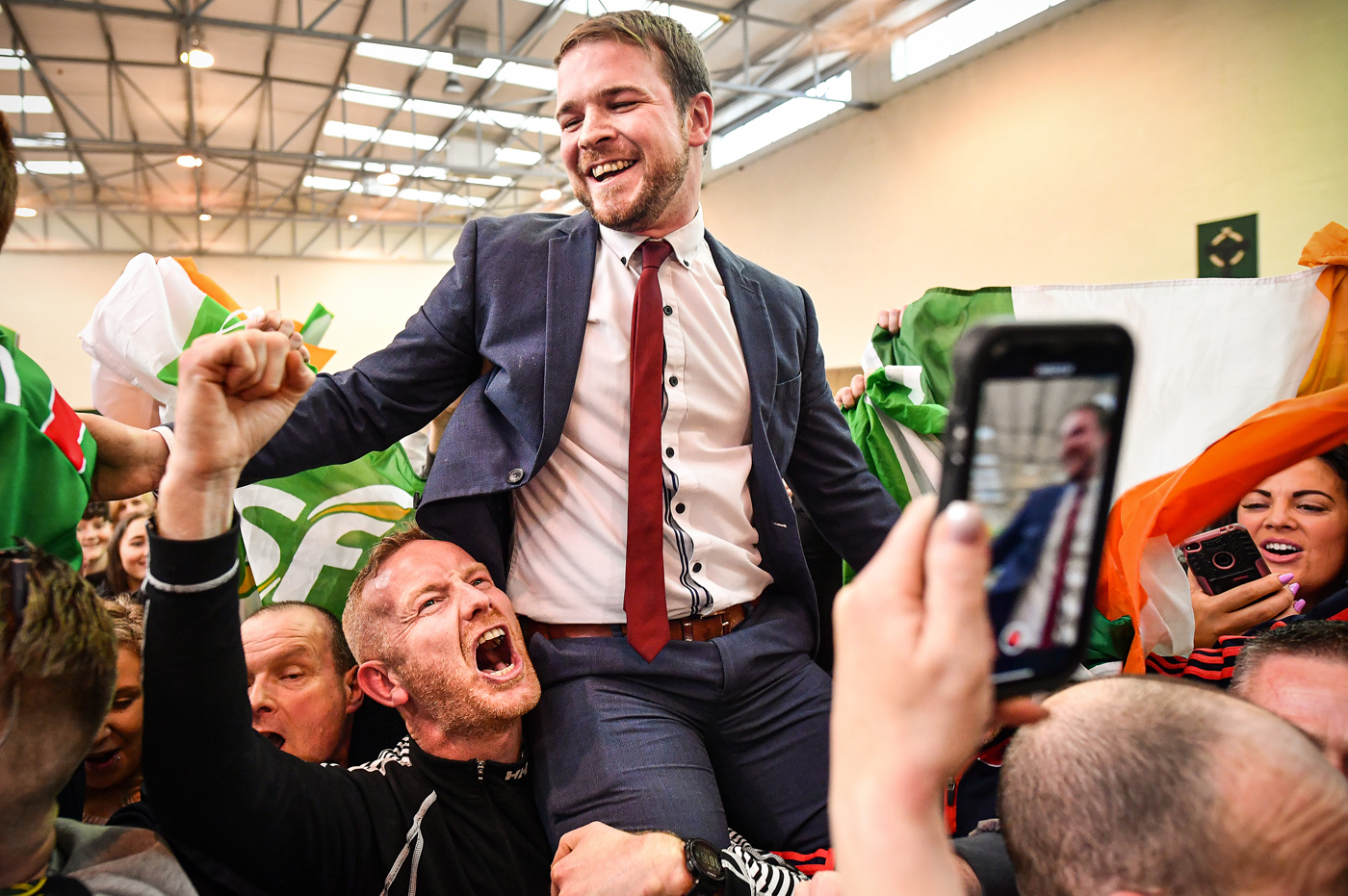
Sinn Fein will attempt to form government after surging to the highest vote share in a historic general election that looks set to reshape the country’s political landscape
Irish voters produced a near three-way tie, with the nationalist party narrowly coming out on top in a result that will make it hard for the country’s two major parties to govern without it.
With 96% of first-preference votes tallied yesterday, Sinn Fein had 24.1%, with Fianna Fail on 22.1%, Fine Gael on 22.1%, Greens on 7.4%, and other parties making up the rest.
The Week
Escape your echo chamber. Get the facts behind the news, plus analysis from multiple perspectives.

Sign up for The Week's Free Newsletters
From our morning news briefing to a weekly Good News Newsletter, get the best of The Week delivered directly to your inbox.
From our morning news briefing to a weekly Good News Newsletter, get the best of The Week delivered directly to your inbox.
The dramatic gains by the nationalist party shattered the century-long dominance of the two traditional ruling parties and represents a “realigning Irish politics” that “boost the party’s chance of joining the next government” says The Guardian.
Taoiseach Leo Varadkar called the election “in the hope of riding a wave of public approval over his defence of Ireland's interests in the first stage of the Brexit negotiations”, says Politico. “But any kudos was overshadowed by deep voter unhappiness over a housing shortage and public services and infrastructure that have not expanded to cope with a growing population and the strongest economic growth in the European Union”.
“From the tallies at count centres around the country, it seems clear a huge shift has taken place” agrees the BBC’s Chris Page.
Axios says Sinn Fein “is a powerful force in Northern Ireland, but has historically been a minor player in the Irish Republic — until this year, when its left-wing policies helped attract young and urban voters”.
A free daily email with the biggest news stories of the day – and the best features from TheWeek.com
The party, shunned by voters as the IRA’s political wing during the Troubles, capitalised on anger at soaring rents and homelessness but “also tapped voter frustration at hospital bed shortages, insurance costs, pension reform and a sense of being left behind by economic growth. The party’s agenda for Irish unification, and Northern Ireland in general, took a backseat in the campaign”, says the Guardian.
However, “the party’s decision to run only 42 candidates in the election looks at have backfired”, says The Daily Telegraph, with early polling indicates that in many constituencies where Sinn Fein ran one candidate it had enough votes to return two candidates.
Nevertheless Sinn Fein is still expected to return 30 MPs to the 160-seat Dail, meaning it will be “kingmakers in the formation of the new Irish government unless Fianna Fail and Fine Gael agree a grand coalition” say the Telegraph.
Negotiations to form a coalition government are likely to be “complex” says the Daily Mail, with both Fine Gael and Fianna Fail previously stating they would not enter an agreement with Sinn Fein.
–––––––––––––––––––––––––––––––For a round-up of the most important stories from around the world - and a concise, refreshing and balanced take on the week’s news agenda - try The Week magazine. Start your trial subscription today –––––––––––––––––––––––––––––––
-
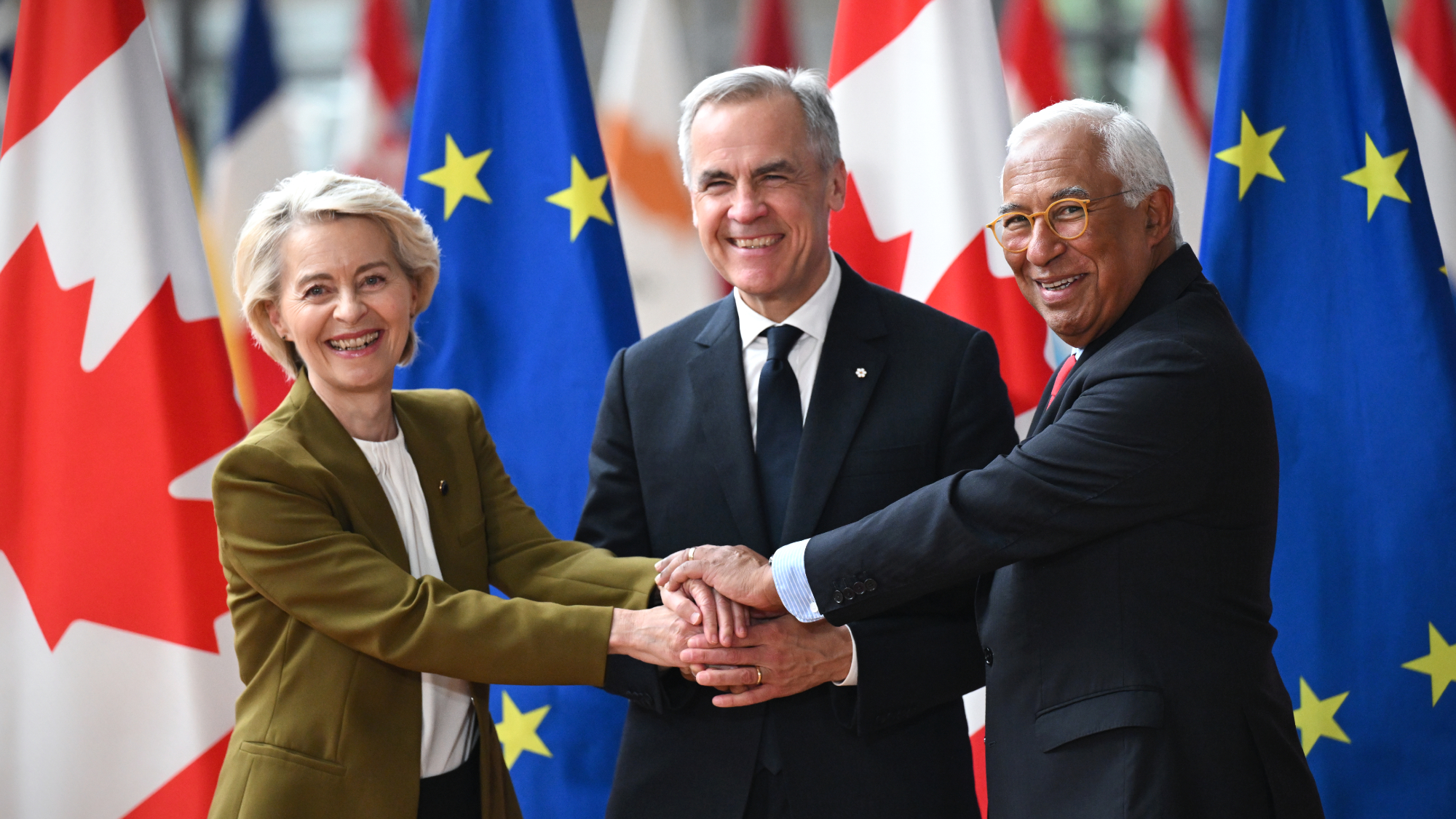 Canada joins EU’s $170B SAFE defense fund
Canada joins EU’s $170B SAFE defense fundspeed read This makes it the first non-European Union country in the Security Action for Europe (SAFE) initiative
-
 Who will be the next Fed chair?
Who will be the next Fed chair?Today's Big Question Kevin Hassett appears to be Trump pick
-
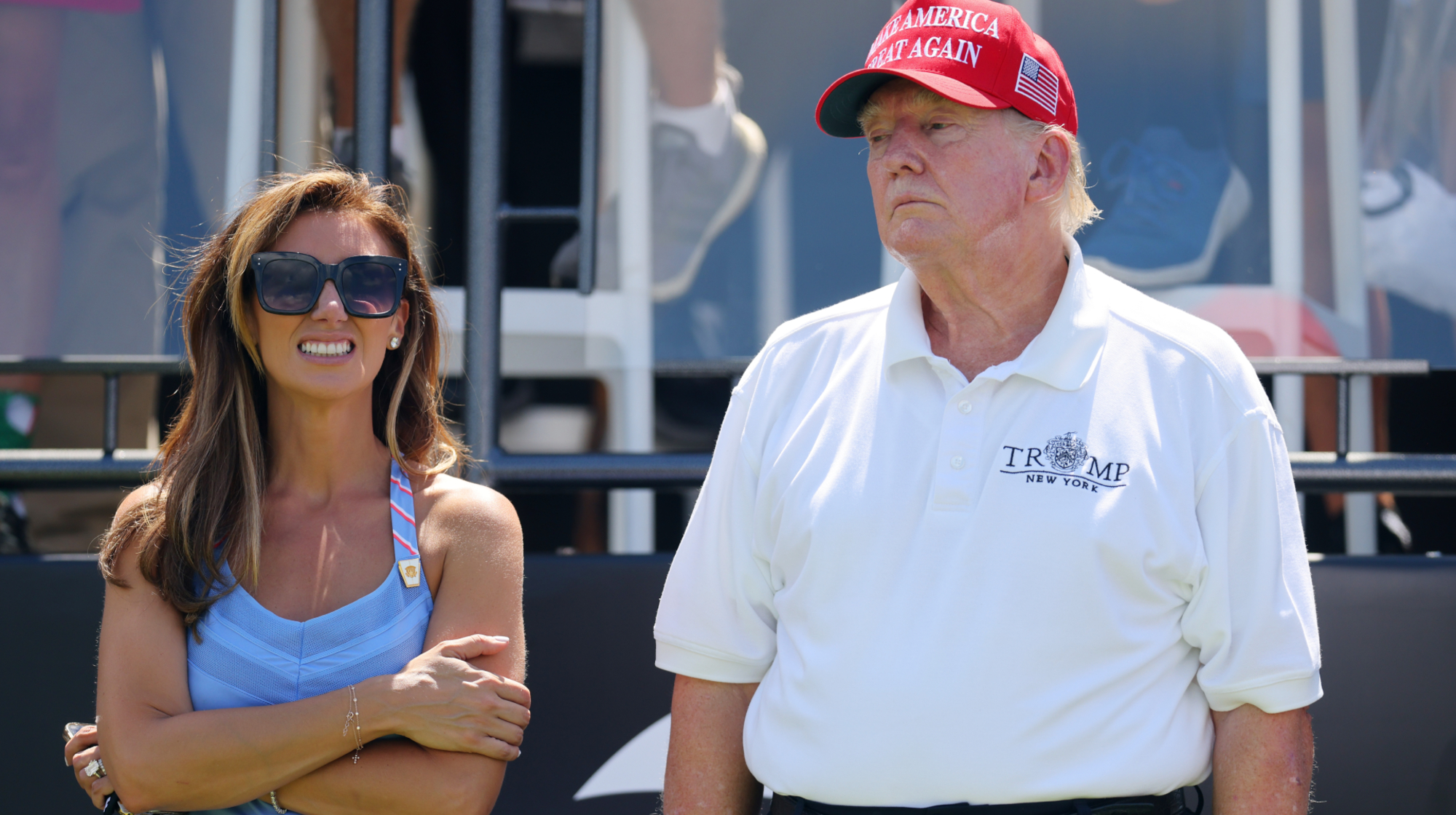 Appeals court disqualifies US Attorney Alina Habba
Appeals court disqualifies US Attorney Alina HabbaSpeed Read The former personal attorney to President Donald Trump has been unlawfully serving as US attorney for New Jersey, the ruling says
-
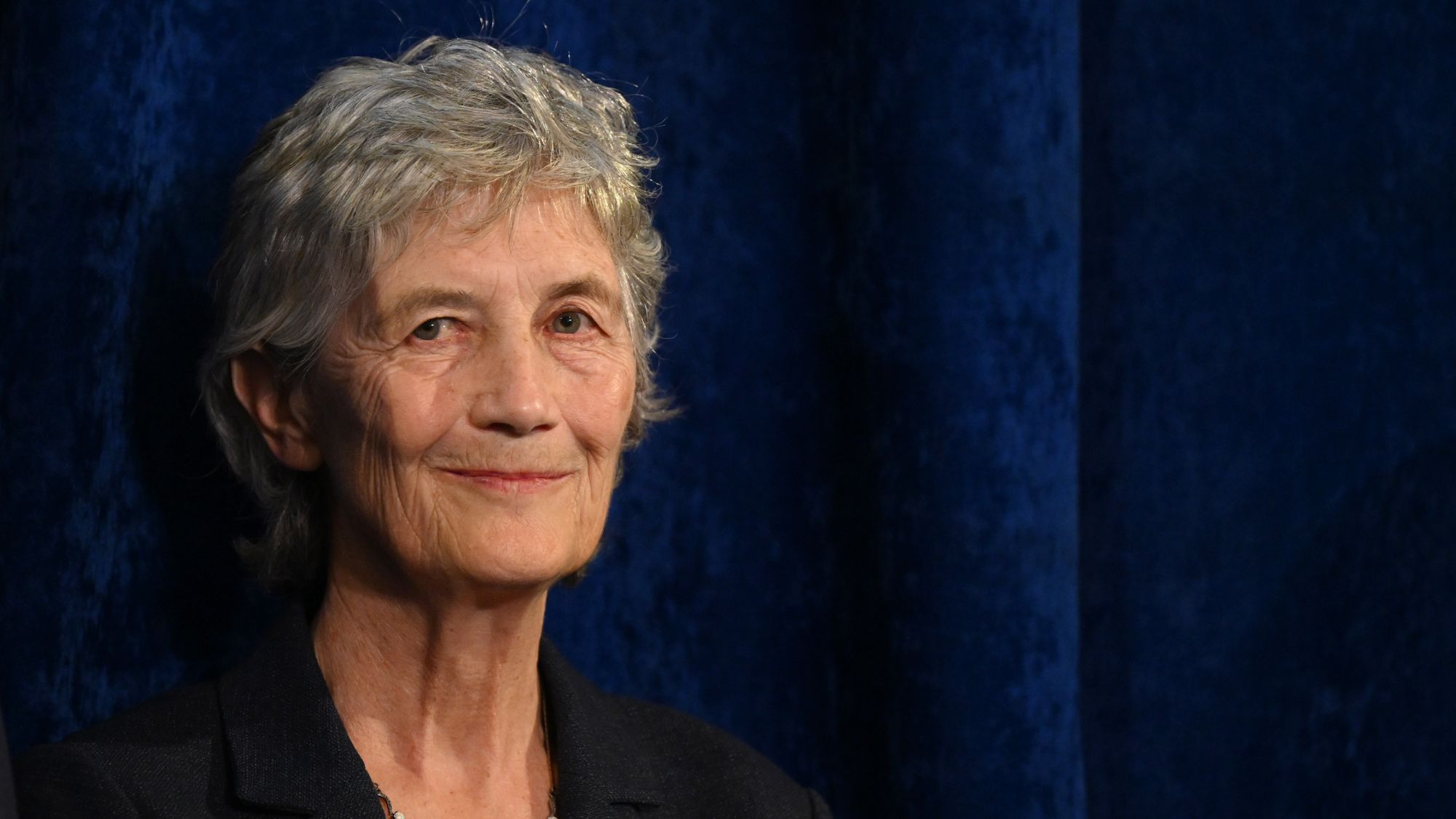 Meet Ireland’s new socialist president
Meet Ireland’s new socialist presidentIn the Spotlight Landslide victory of former barrister and ‘outsider’ Catherine Connolly could ‘mark a turning point’ in anti-establishment politics
-
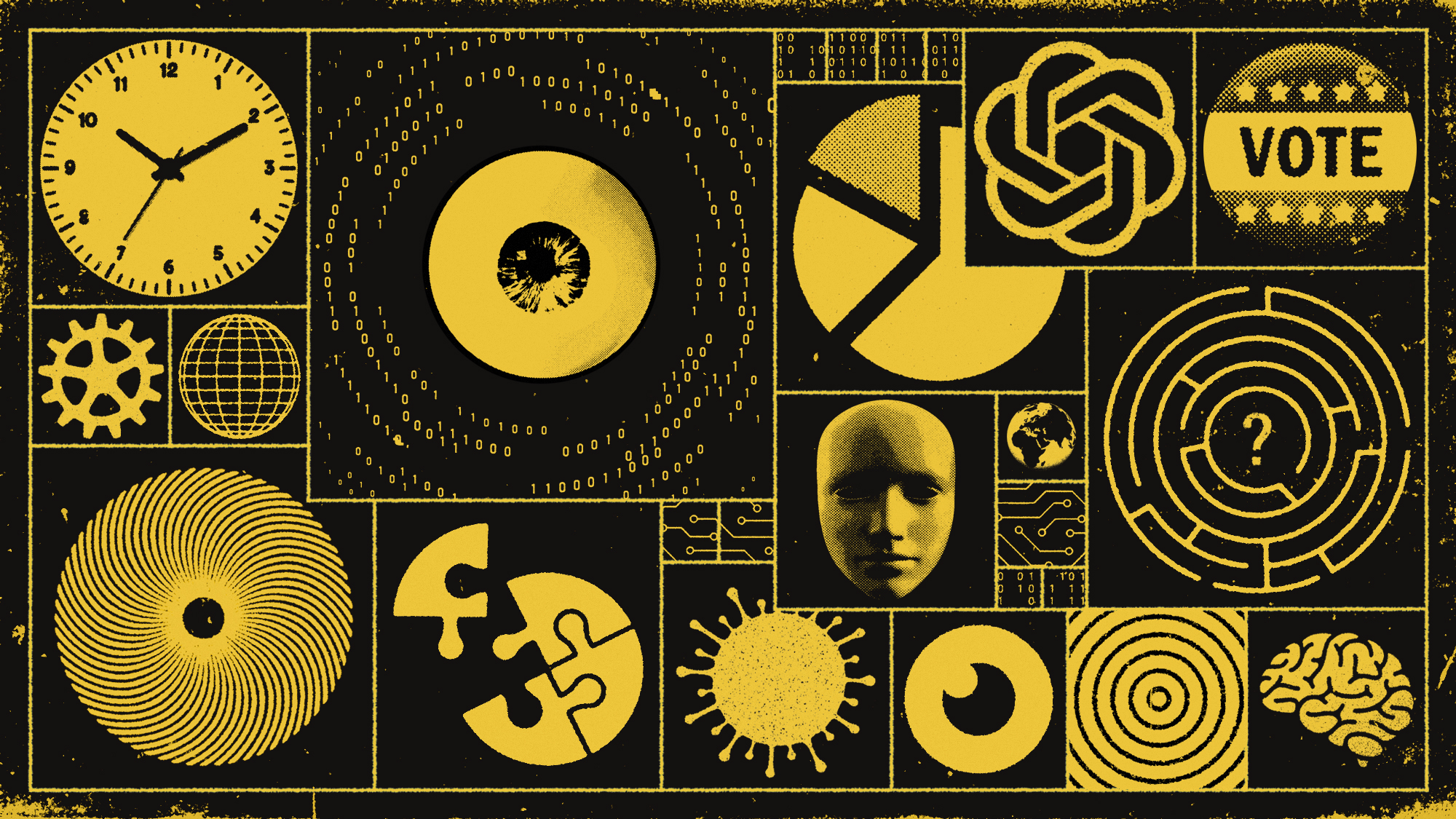 Believe it when AI see it: is this a deepfake turning point in politics?
Believe it when AI see it: is this a deepfake turning point in politics?Today’s Big Question AI ‘slopaganda’ is becoming a ‘feature’ of modern elections
-
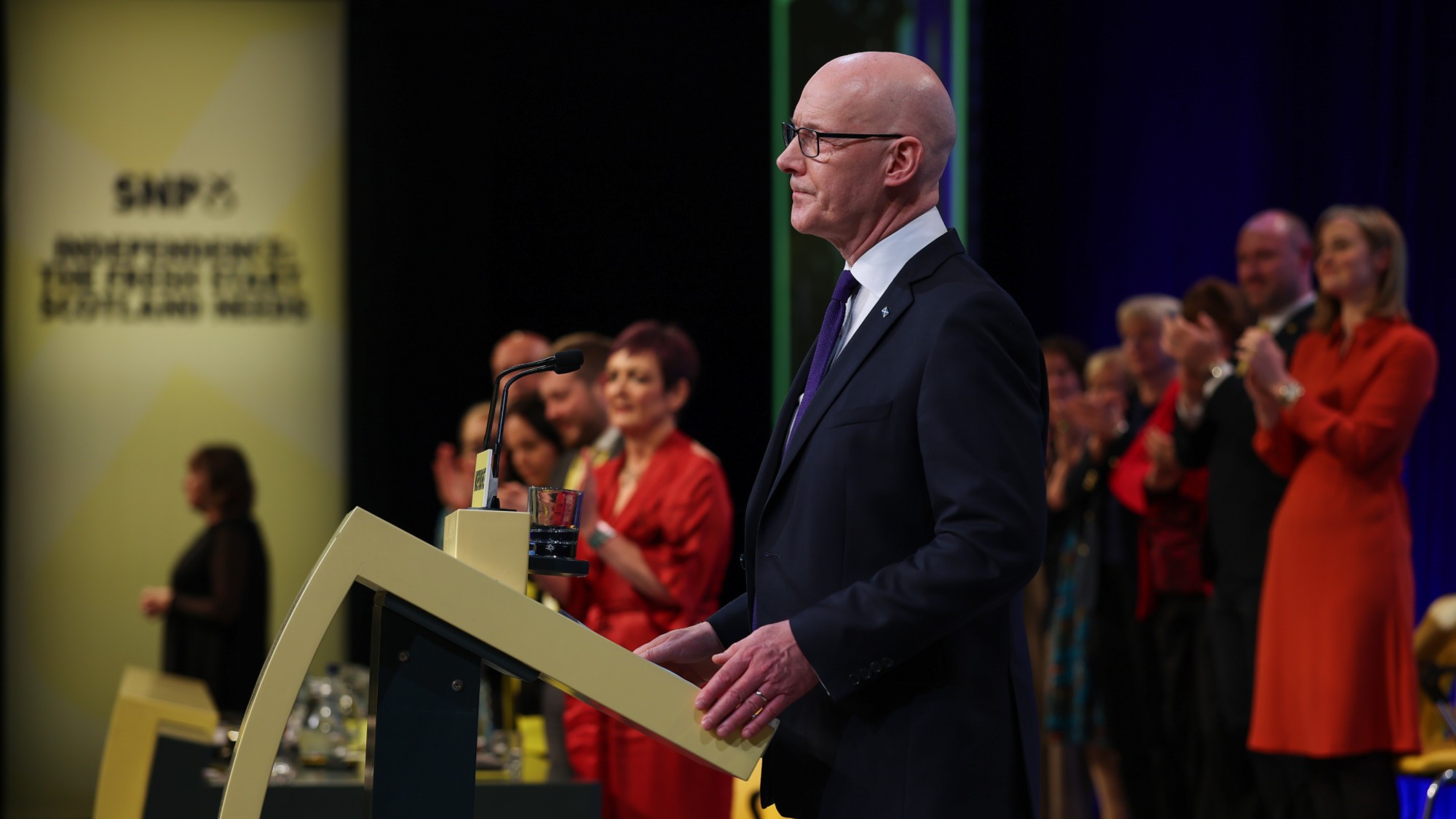 Taking the low road: why the SNP is still standing strong
Taking the low road: why the SNP is still standing strongTalking Point Party is on track for a fifth consecutive victory in May’s Holyrood election, despite controversies and plummeting support
-
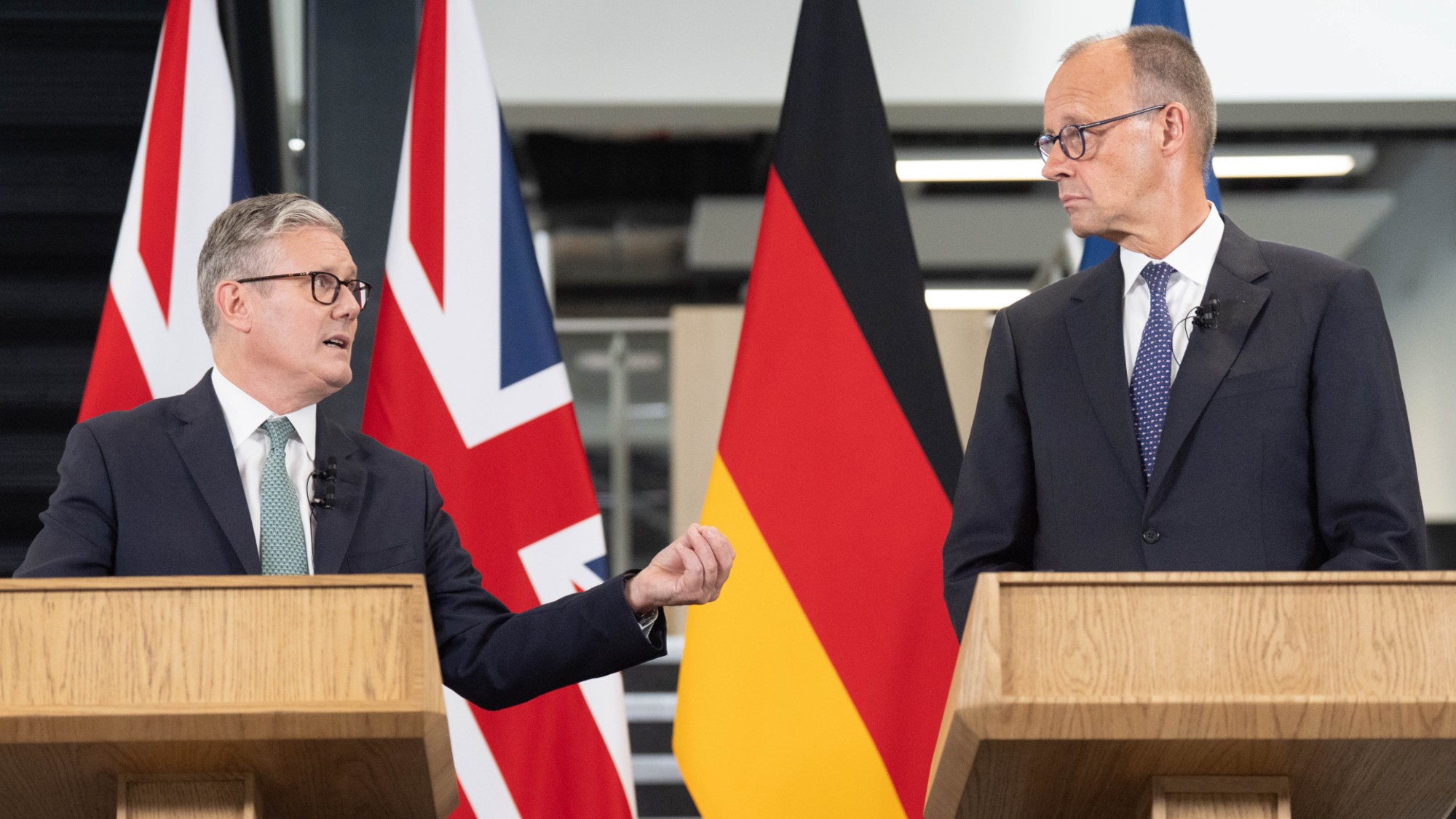 What difference will the 'historic' UK-Germany treaty make?
What difference will the 'historic' UK-Germany treaty make?Today's Big Question Europe's two biggest economies sign first treaty since WWII, underscoring 'triangle alliance' with France amid growing Russian threat and US distance
-
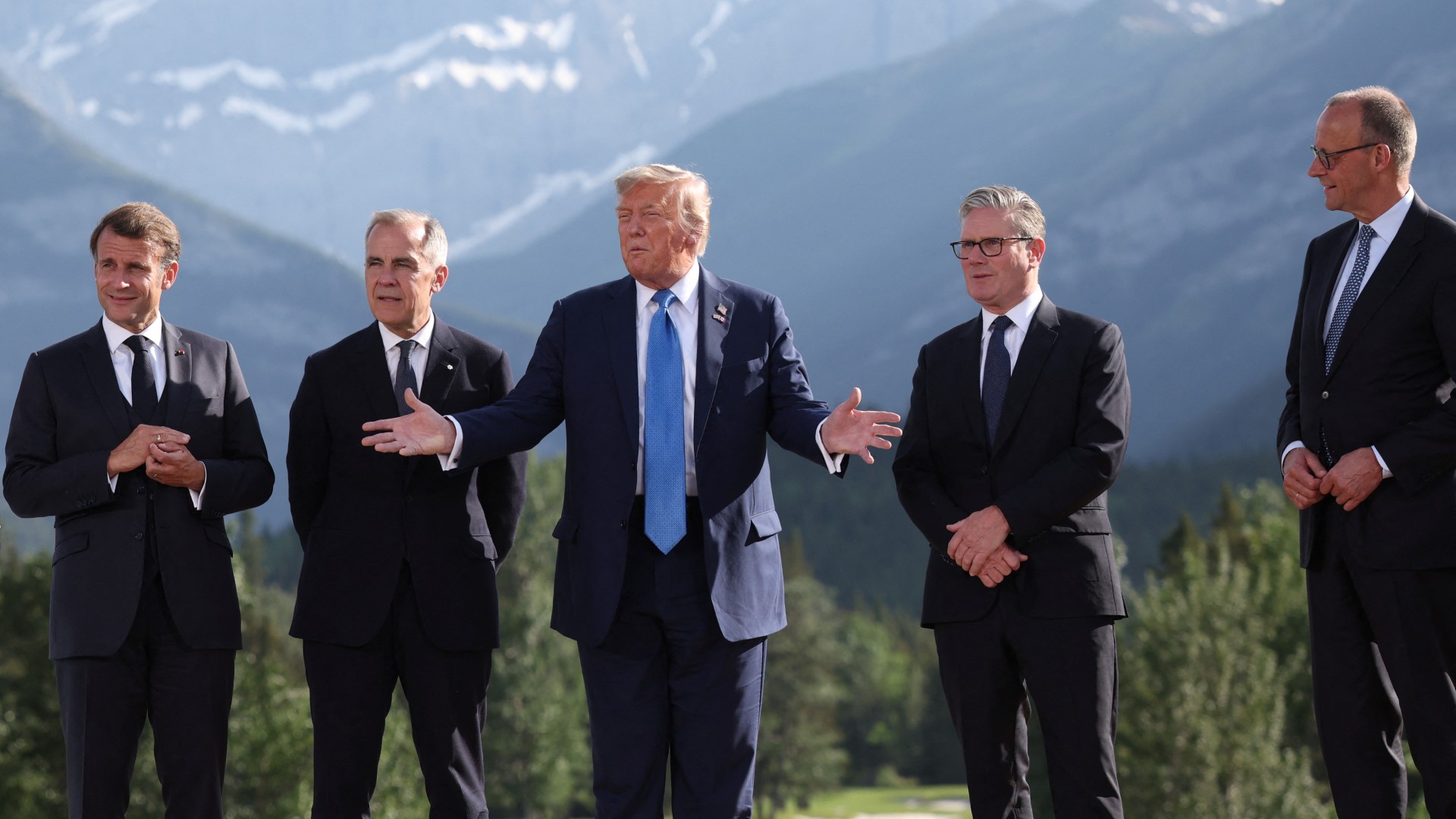 Is the G7 still relevant?
Is the G7 still relevant?Talking Point Donald Trump's early departure cast a shadow over this week's meeting of the world's major democracies
-
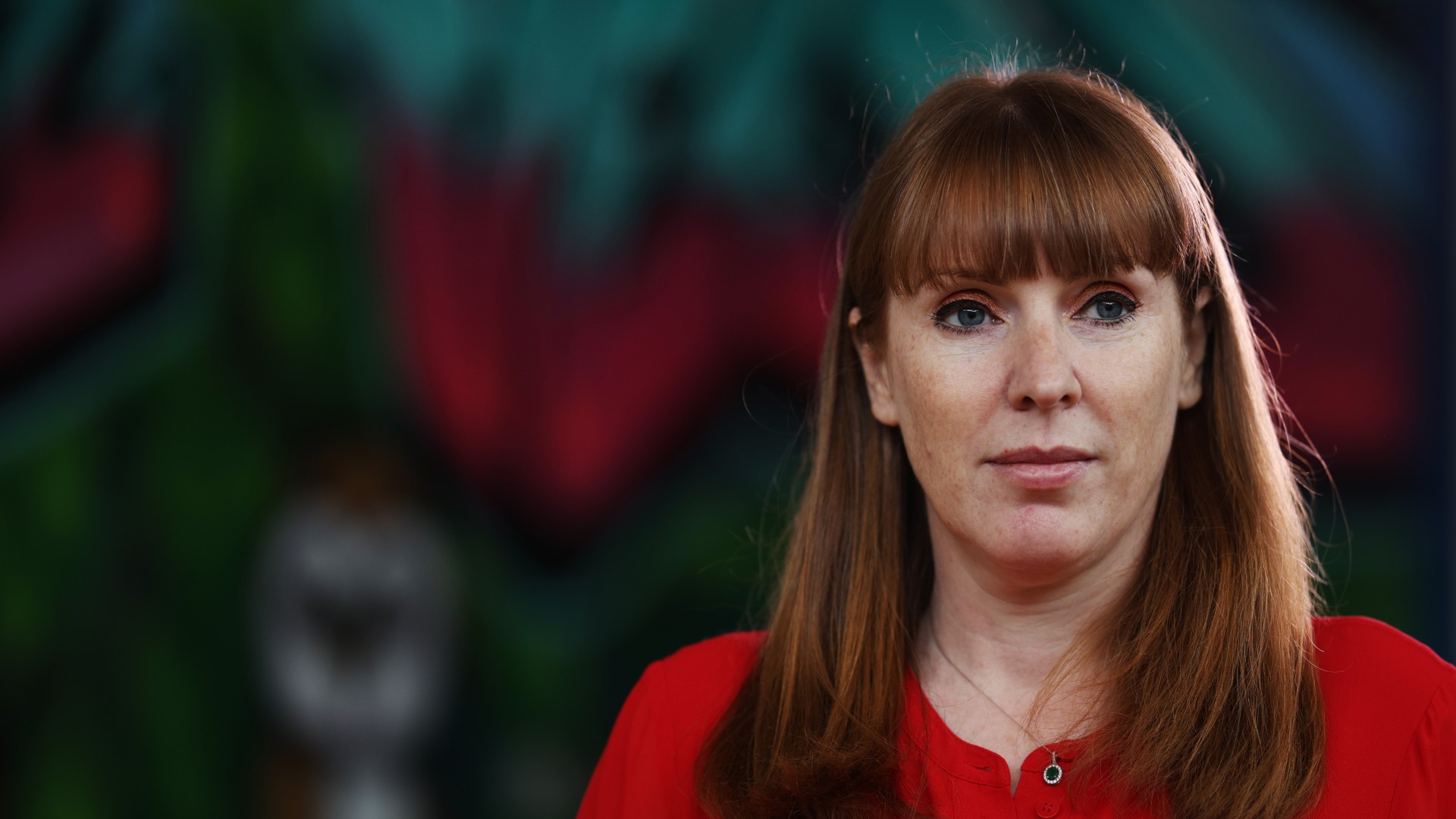 Angela Rayner: Labour's next leader?
Angela Rayner: Labour's next leader?Today's Big Question A leaked memo has sparked speculation that the deputy PM is positioning herself as the left-of-centre alternative to Keir Starmer
-
 Is Starmer's plan to send migrants overseas Rwanda 2.0?
Is Starmer's plan to send migrants overseas Rwanda 2.0?Today's Big Question Failed asylum seekers could be removed to Balkan nations under new government plans
-
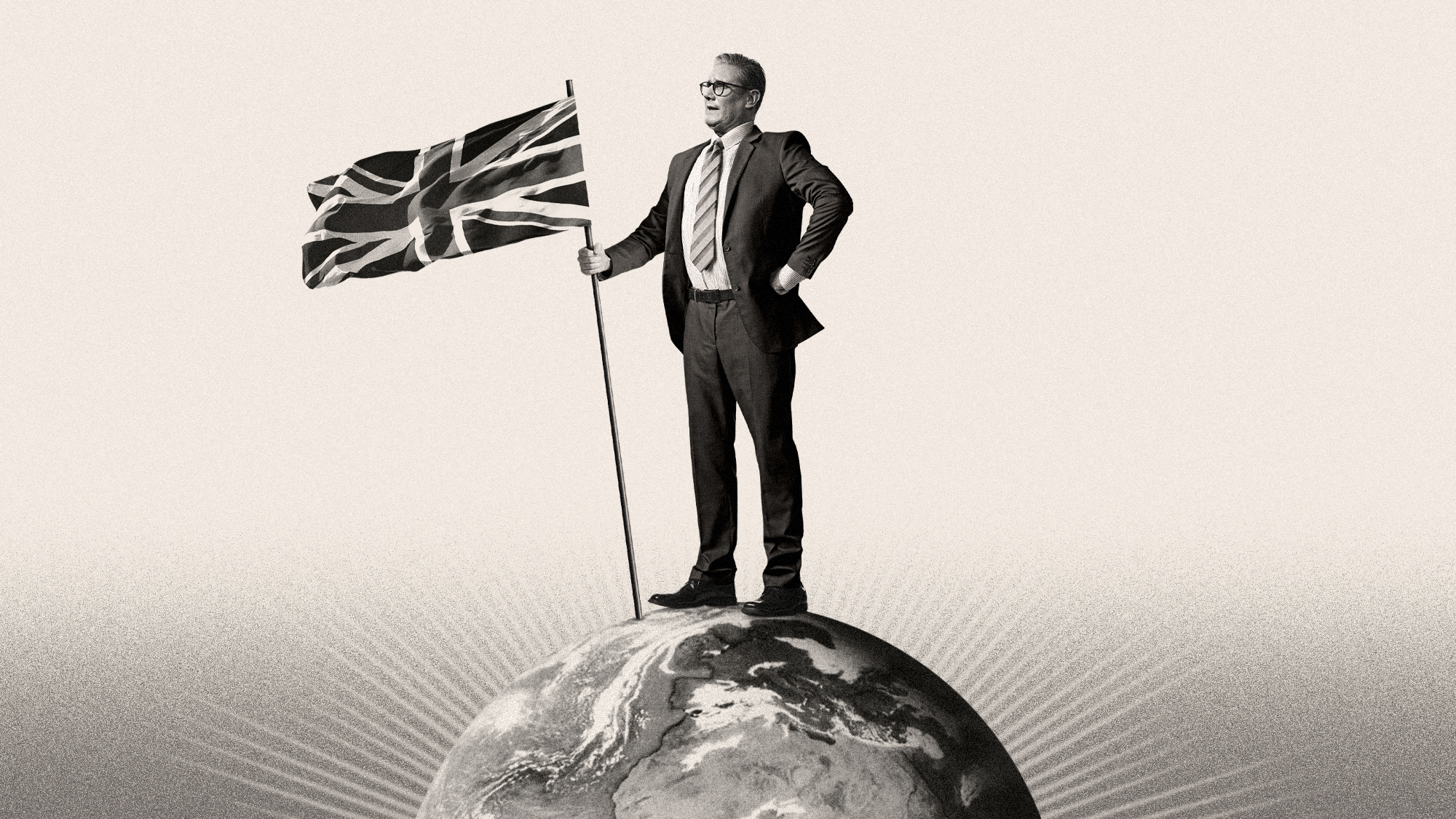 Has Starmer put Britain back on the world stage?
Has Starmer put Britain back on the world stage?Talking Point UK takes leading role in Europe on Ukraine and Starmer praised as credible 'bridge' with the US under Trump